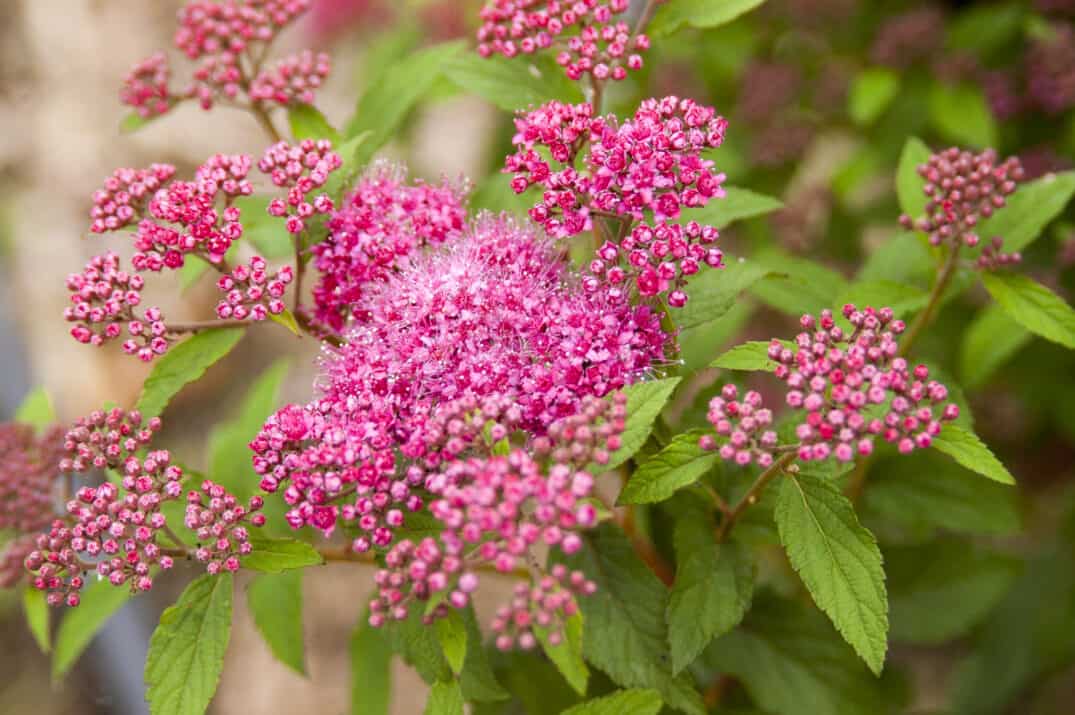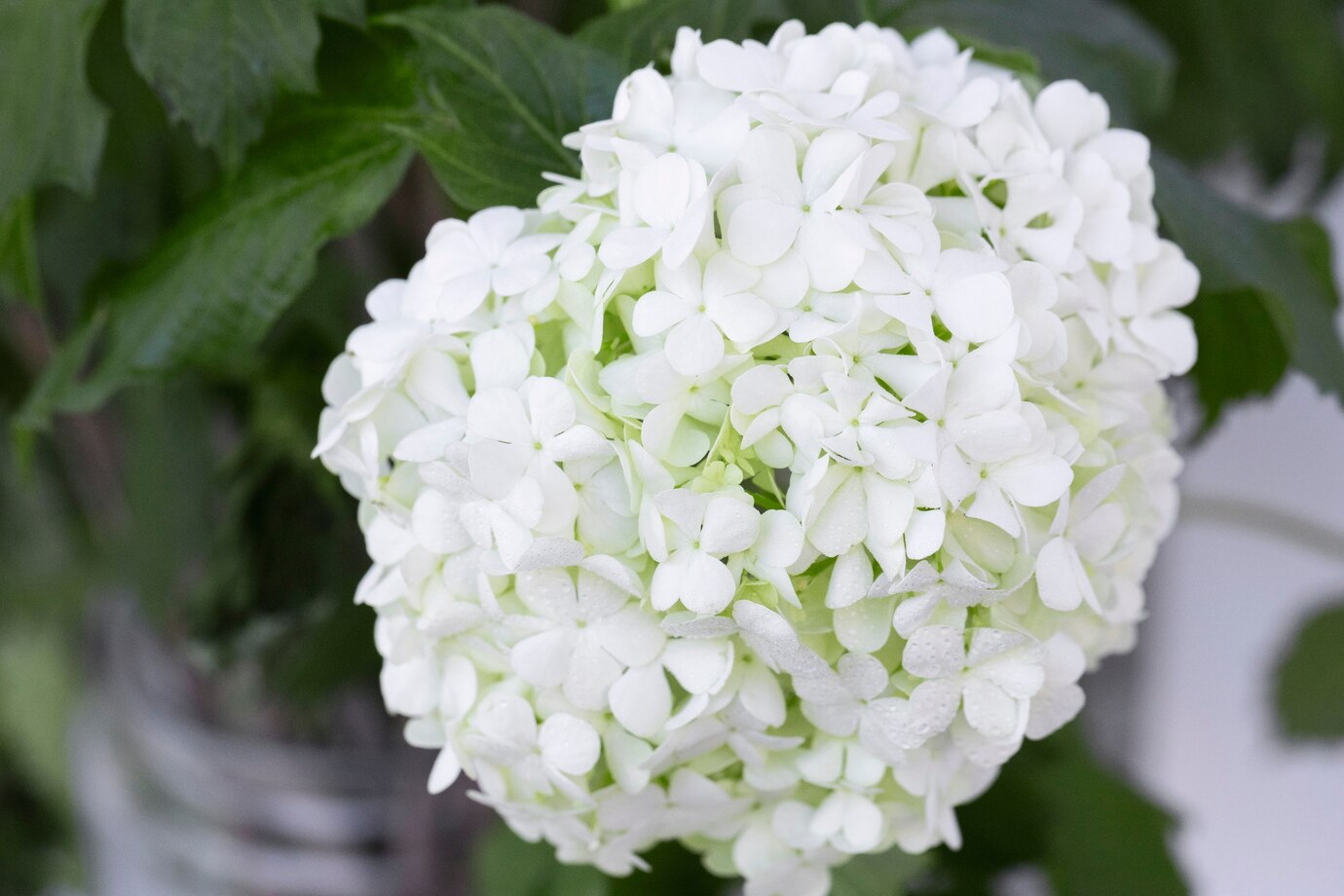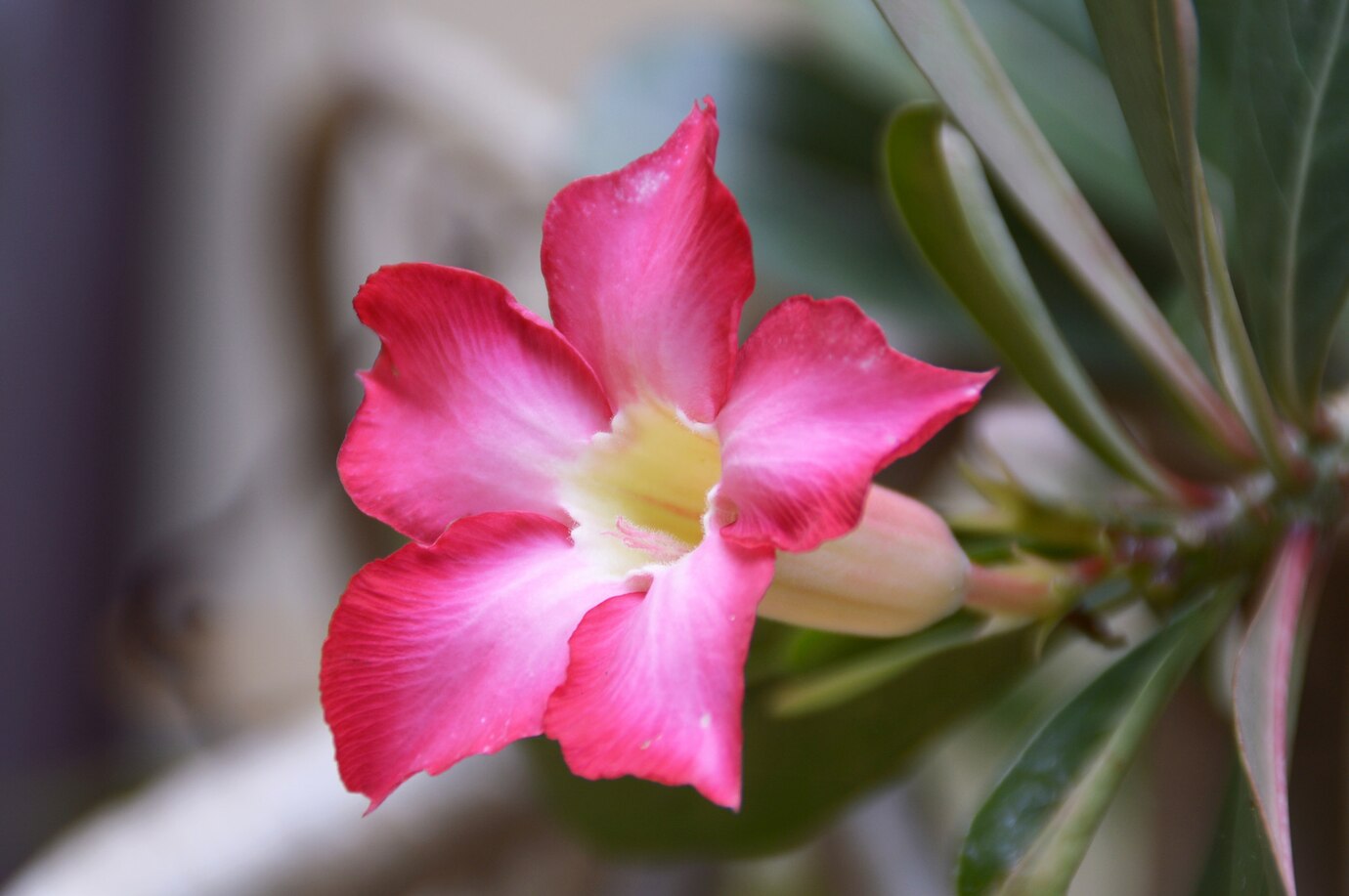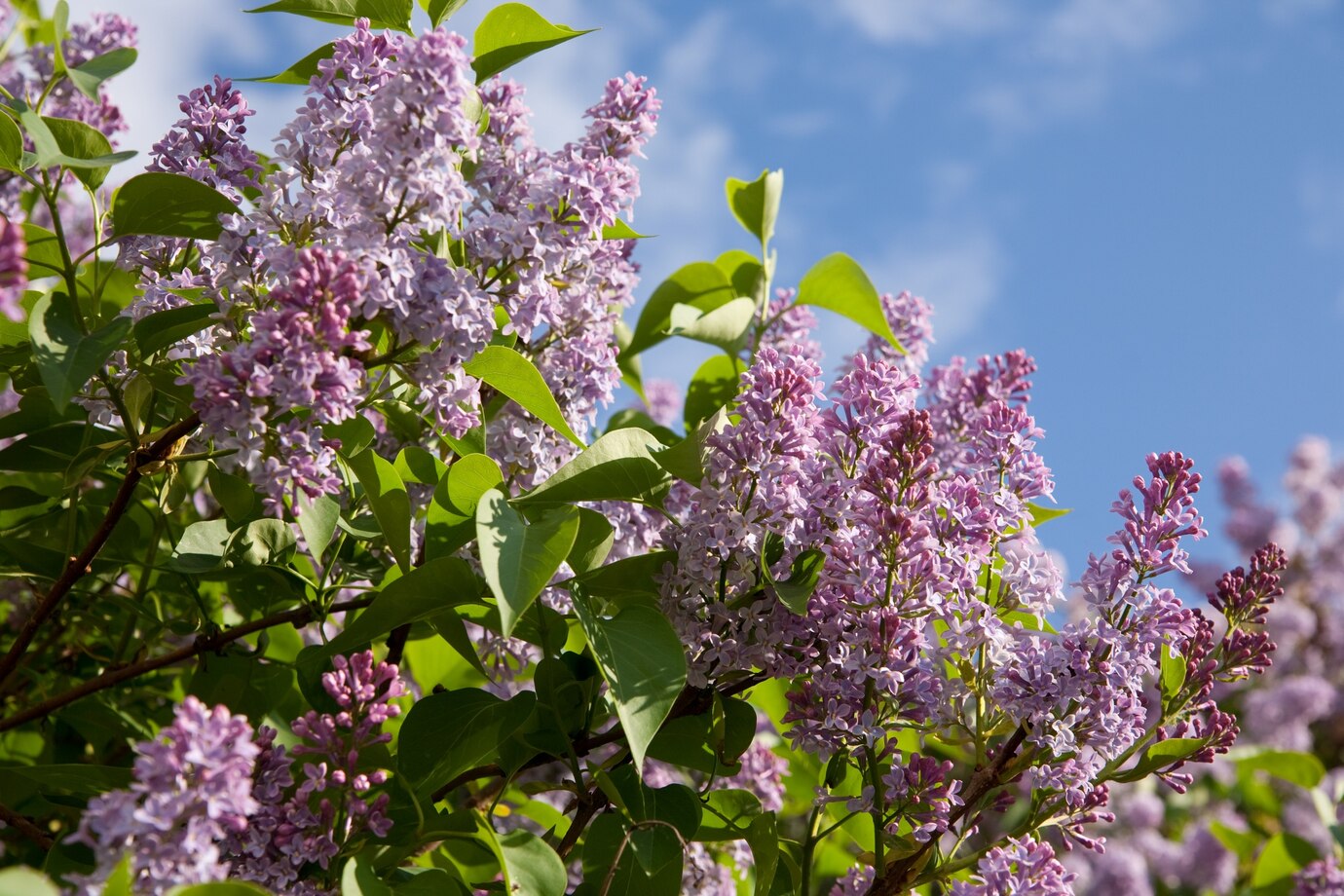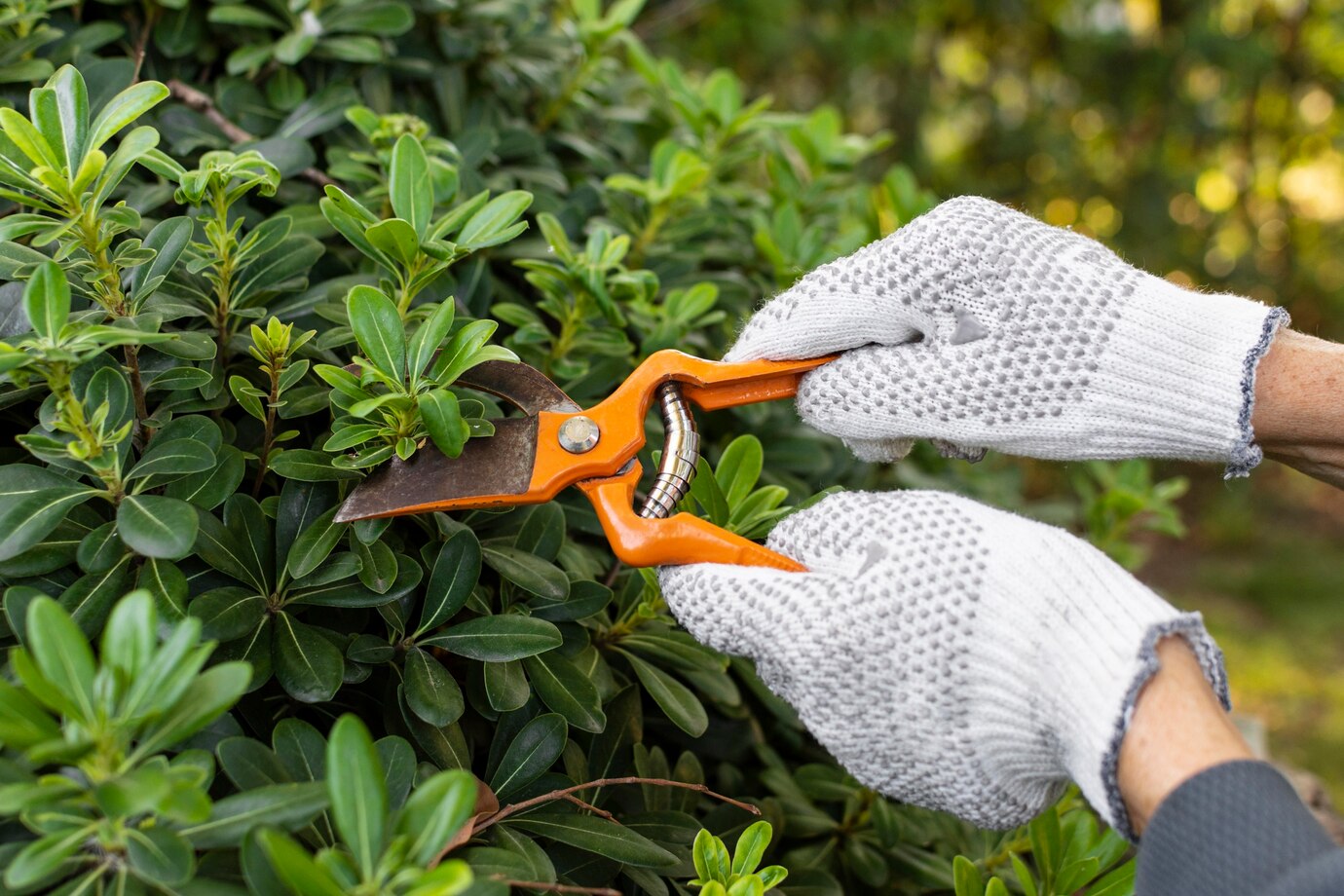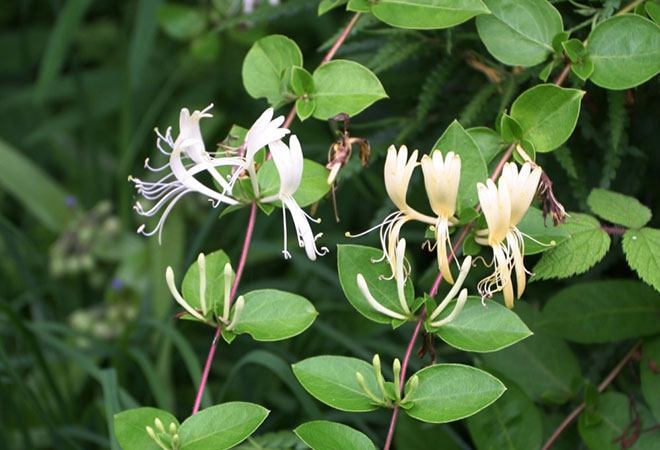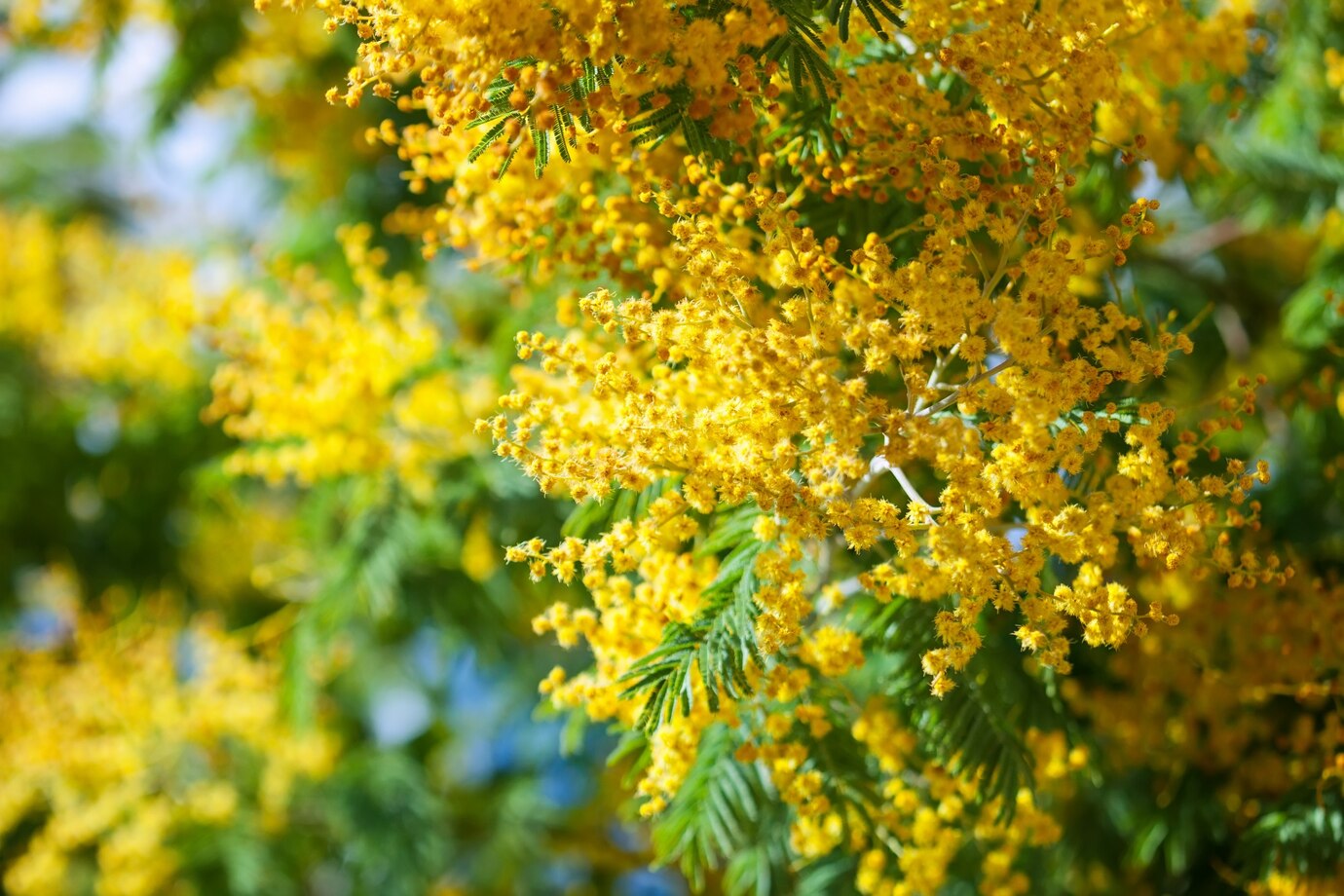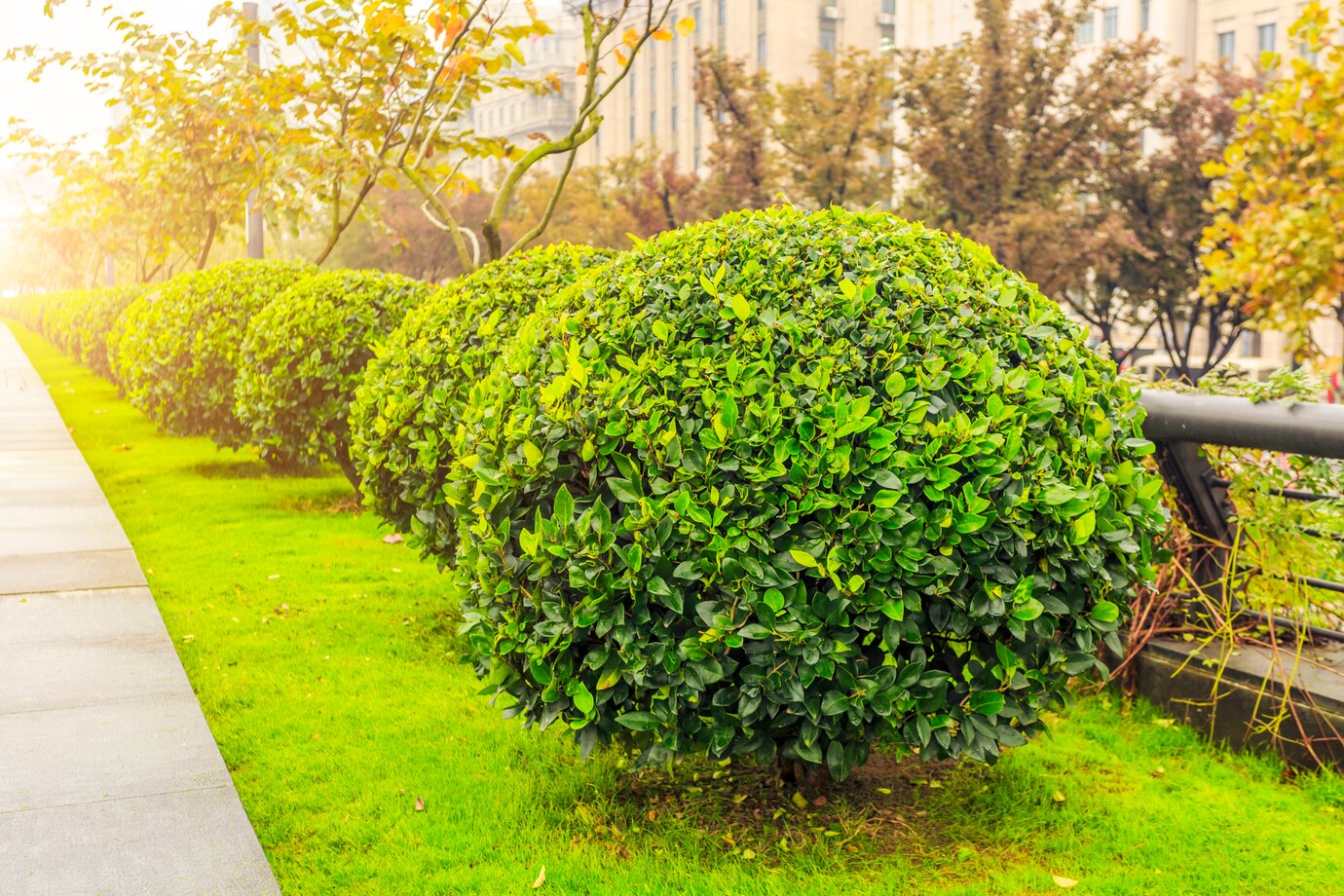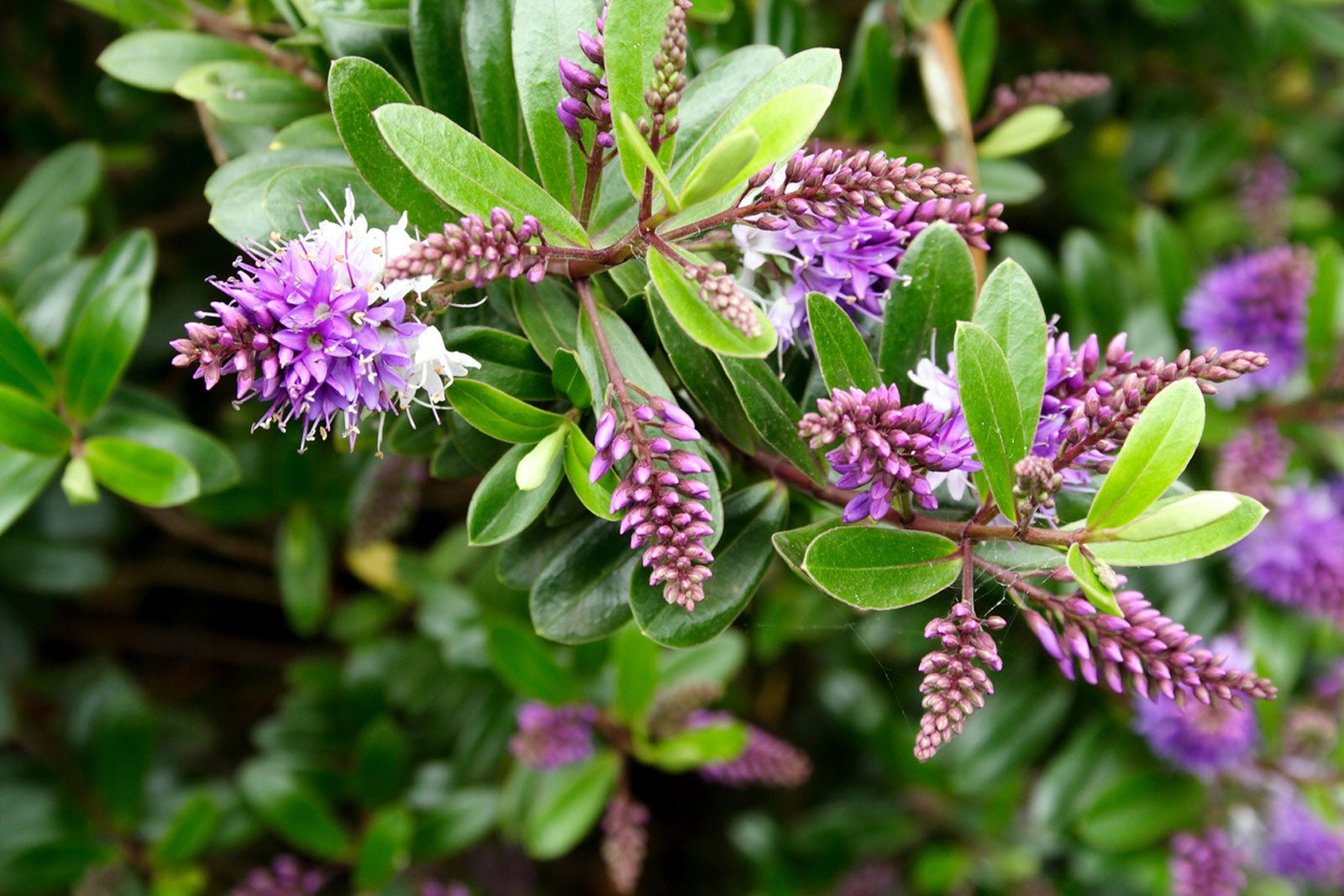Spirea shrubs are fast-growing and add beauty to gardens with abundant spring or summer blooms. These deciduous shrubs produce white, pink, or purple clusters of tiny flowers. The most stunning White-flowered varieties are often called “bridal wreaths.”
Some spirea varieties feature vibrant golden foliage, which appears brightest in spring when the leaves are young and mature to a yellow-green shade in summer.
Spirea grow quickly and make excellent additions to garden borders, though they aren’t ideal for pots. Their size varies by variety, ranging from 45 cm to 2.4 m, so choosing the right type for the space is essential. These shrubs are hardy and low-maintenance and thrive in most garden settings.
Table of Contents
ToggleHow To Grow Spirea
Plant spirea in garden borders while they are dormant. Apply mulch and feed annually to support healthy growth. Prune after flowering if needed, and rejuvenate mature, overgrown plants with selective pruning. Propagate spirea from cuttings in mid to late summer.
Where To Grow Spirea
Grow Spirea in garden borders with fertile, well-drained soil. Improve poor soil by adding well-rotted organic matter before planting. Position spirea based on size, placing taller varieties at the back and smaller ones toward the front or middle. Plant smaller varieties in groups of three for the best visual impact. Since their twiggy growth looks less attractive in winter, avoid placing them in apparent spots year-round.
How to Plant Spirea
Spireas are hardy and grow best when planted in autumn, mild winter spells, or early spring. However, if watered regularly, you can also plant them in spring or summer. Position the root ball so its top sits level with the soil, firming it in. Water deeply to help settle the roots in the soil.
How To Care For Spirea
Researching different spirea species before choosing one for your garden is essential because every species has a different care requirement. However, these general care guidelines apply to most spirea plants.
Light
Grow spirea shrubs in a spot with at least six hours of full sun daily for the best flowering. They can tolerate partial shade but might produce fewer flowers.
Soil and Water
Grow Spirea in moist, well-drained soil. The soil can be sandy or clay-based, as it tolerates various pH levels. After planting, water thoroughly and add a 2- to 3-inch layer of mulch to maintain moisture. Keep the soil moist but not soggy. Water deeply but less frequently for strong root growth.
Temperature and Humidity
Spirea grow well in most zones and naturally shed their leaves in winter. They don’t need special care for extreme temperatures, but during hot weather, check the soil for dryness and water if needed.
Fertilizer
At the start of spring, apply a controlled-release fertilizer designed for trees and shrubs. Follow the product label for the correct amount and reapply each spring for healthy growth.
Pruning Spirea
After flowering, trim the Spirea by cutting back the flowering tips to the top leaves. It may even encourage a second bloom.
Newer spirea varieties naturally form round mounds and can be pruned to the ground yearly to promote fresh growth. It prevents a hollow center, where older middle branches stop producing leaves while only the tips remain active.
Potting and Repotting Spirea
When planting Spirea, dig a hole twice as wide as the container or root ball and just as deep. Refill the hole, then add a 2- to 3-inch layer of mulch to the drip line. Keep it away from the stems to prevent damage. If planting multiple shrubs, space them based on their adult size to allow proper growth.
Pests and Problems
Monitor Spirea regularly, as it can develop leaf spots and powdery mildew. Treat aphids and other pests with insecticidal soap at the first sign of infestation and repeat as needed.
Since Spirea is invasive in some parts of the world, check with your local agricultural department before planting.
Propagating Spirea
Propagate spirea in mid-to-late summer when stems are in the softwood stage. A stem is ready if it bends easily and snaps when broken.
Cut a 6-inch stem, remove the bottom leaves, and dip it in the rooting hormone. Place it in a pot or container filled with potting soil. And cover it with a plastic bag. Place it in a shady outdoor spot, and roots should form in about a month. Once rooted, transfer the stems to containers and transplant them into the yard in spring.

